7 Ways: How to Spot a Drone at Night (2023)
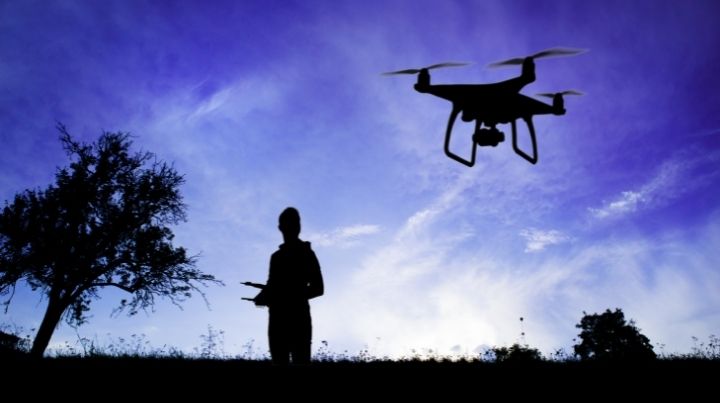
Having the ability to detect drones is becoming more critical than ever. And knowing how to spot a drone at night, when they are the most stealthful, is the hardest part of defending yourself against drone crime.
Drones are becoming more and more popular. While the popularity of drones is increasing, so is the potential for their misuse to impact you or a loved one. Bad guys can use flying drones to peep into your bathroom window, follow your kids with a drone camera, and in the right hands, wage war.
In this article, we'll outline seven different ways how you can spot a drone at night-whether it's using lights, sound, radio frequencies, or even infrared detection.
How to Spot a Drone at Night
1. Search for the Drone's Lights
One of the easiest ways to spot a drone at night is to look for its lights. Drone lights typically come in two types of visible light: navigation and anti-collision.
Navigation Lights
Most hobby, commercial drones have at least two bright navigation lights – one on the front and one on the back. These lights help the drone operator see where the drone is, and they also make it easier for other pilots to spot the drone and avoid collisions.
Anti-Collision Lighting
In addition to navigation lights, many drones, such as police drones, will also have anti-collision lights. These are typically much brighter than navigation lights, and they help the drone operator see the drone more quickly, especially in low-light conditions. Some drones even have a strobe light that makes it easier to avoid collisions from a distance.
2. Listen for the Sound of the Drone
Another way to spot a drone at night is to listen for the sound of the drone's motors. Most drones are reasonably quiet, but you may be able to hear them if you're close enough.
If you hear a faint humming noise that doesn't sound natural, there's a chance there's a drone nearby.
If you're trying to spot a far-away drone, you may need to use a sound amplifier to hear the drone's motors.
3. Track the Radio Frequencies
When trying to spot a drone at night, tracking the radio signals is one way to be successful. By doing this, you can get a sense of where the drone is and its purpose.
To track radio frequencies, you'll need a scanner to pick up these signals that drones communicate with. You can find these online or at a local electronics store. The scanners work by picking up radio waves emitted by the drone.
When your scanner finds a strong signal, that's an indication of a drone in the area. You can then use the directional antenna to pinpoint the drone's location.
4. Infrared Light Motion Detection
When attempting to spot a drone at night, infrared light motion detection is an essential tool to have. This technology uses a night vision camera's thermal energy to detect movement, making it the perfect tool for low or no light conditions. By using an infrared camera, you will be able to see the heat signature of the drone, making it much easier to spot.
How Infrared Motion Detection Works
Infrared light is invisible to the human eye but can be detected by certain cameras.
This type of light is emitted by all objects, including humans and animals, which is why infrared cameras are often used for security purposes. When this invisible light hits an object, it bounces off and is captured by the camera.
The warmer an object is, the more infrared light it will emit. This is why infrared motion detection is an effective tool for spotting drones at night. By using an infrared camera, you will be able to see the heat signature of the drone, making it much easier to spot.
While infrared cameras are often used by military and police drones for night vision purposes, civilians can also use them for security purposes.
How to Use Infrared Motion Detection
Follow these steps when using an infrared camera, follow these steps:
1. Turn off all lights in the area where you will be using the camera.
2. Set up the camera in a location where it will have a clear view of the area you wish to monitor.
3. Turn on the camera and allow you and it to adjust to the darkness.
4. Scan the area for any non-natural objects moving around, near, and above your location.
Benefits of Infrared Motion Detection
There are many benefits to using infrared motion detection, including the ability to:
- See in complete darkness.
- Detect objects that are far away.
- Detect small objects.
- Monitor a large area.
Drawbacks of Infrared Motion Detection
While there are many benefits to using infrared motion detection, there are also some drawbacks, including that:
- It can be expensive.
- It requires a power source.
- Cameras can be fragile and easily broken.
5. Use a Flashlight
If you don't have access to an IR light, using a flashlight can be effective in spotting a nighttime intruding drone. Having a bright light will help you see the drone more clearly so that you can take appropriate action.
How to Use a Flashlight to Detect a Drone at Night
1. Aim the flashlight at the sky where you think the drone may be flying.
2. Sweep the area with the light in a grid pattern to try and illuminate the drone.
3. Be aware that the light from your flashlight will give away your position, so use it sparingly and only when necessary.
4. If you spot the drone, take appropriate action to deal with the situation as safely and securely as possible.
6. Use Acoustic Sensors
One of the best ways to detect a drone during hours of darkness is by using acoustic sensors. These sensors can pick up the noise that the drones make as they fly and help you identify even the quietest drones before they get too close.
How to Set Up Acoustic Sensors
When you're setting up your acoustic sensors, there are a few things that you need to keep in mind. Firstly, you need to make sure that the sensors are positioned so that they can pick up the noise from the drones.
You also need to consider any other noises that might be present in the area, such as traffic or animals. This will help to ensure that you don't get any false positives from the sensors.
Another thing to keep in mind is the range of the sensors. You need to make sure they are positioned close enough to the area where you think the drones might be flying. Otherwise, you might not be able to pick up the noise.
How Acoustic Sensors Work
Acoustic sensors work by picking up drones' noise as they fly. The sensors convert the noise into an electrical signal, which is then processed by a computer.
The computer can identify the unique sound and will raise the alarm if one is detected. This gives you time to take evasive action or to call the authorities.
Drawbacks of Using Acoustic Sensors
One of the main drawbacks of using acoustic sensors is that other noises can trigger them. This means that you might get false positives from the sensors, which can be frustrating.
Another drawback is that acoustic sensors only have a limited range. This means that you need to position them carefully to pick up the noise from the drones.
7. Motion Detection Cameras
Motion detecting cameras are a good tool for detecting drones during the night. They work by detecting any movement in their field of view, which you can use to identify drones. This is important because drones can be difficult to see during the night. Motion-sensing cameras can help identify these drones and their location.
How Do Motion Detection Cameras Work?
Motion-sensing cameras work by detecting any movement in their field of view. This is done by using a sensitive sensor to changes in light. When the camera detects motion, it will alert the user. You can use this to identify drones and their location.
Benefits of Motion Detection Cameras
Motion detection cameras have several benefits that make them ideal for spotting drones at night. Motion detection cameras:
- Are sensitive to changes in light, which makes them ideal for detecting drones that are difficult to see.
- Can help identify the location of drones.
- Can be used to track the movement of drones.
Drawbacks of Motion Detection Cameras
Motion detection cameras also have some drawbacks. Motion detection cameras:
- Can generate false positives, which can lead to false alarms.
- Require a power source, which can be challenging to maintain during a power outage.
What to Do if a Drone Is Spying on You
Drones have become a popular way to capture aerial footage, but criminals and other jack-wagons can also use them for spying on people. If you notice a drone flying around your property at night, you can do a few things to protect your privacy.
Identify the Drone's Operator
First, try to identify the drone's owner. If you can't determine who owns the drone, you can report it to the Federal Aviation Administration (FAA). The FAA has guidelines for how drones should be used and may be able to help track down the drone's owner.
Protect Your Privacy
If you're concerned that the drone is being used to spy on you, there are a few things you can do to protect your privacy. Close your blinds or curtains so the drone can't see inside your home. If you have the capability, you can also try to jam the drone's signal, which will prevent it from being able to transmit video footage.
If you detect a drone flying around your property at night, don't hesitate to take action to protect your privacy. You can ensure that a curious drone operator is not spying on you by taking some simple precautions.
Are There Weaponized Drones?
Yes, drones are being weaponized. There are reports of small drones being used to drop explosives in Syria and Iraq. The U.S. military has also weaponized some of its larger drones, such as the MQ-9 Reaper, armed with Hellfire missiles and 500-pound bombs.
Graphic Video Warning!
The Bottom Line to Detect Incoming Drones at Night
Drones are becoming increasingly popular, and with that, their use for nefarious purposes is on the rise. While drones are primarily associated with legal purposes such as photography and videography, they can also be used as spying drones and for other illegal activities.
We have provided seven tips on How to Spot a Drone at Night. While not an exhaustive list, these tips will help you be better prepared in case of a drone threat.
What are your thoughts on the future of drones? Tell us in the comments below!
Additional Resources:
- Looking for a thermal camera to spot drones? Find one HERE
- 11 Tips to Protect Yourself Online
- How to Fortify Your Home Against a SHTF Event
- Mind4Survival Podcast Episode: Surveillance & Counter Surveillance featuring Tristan Flannery
Related Articles
FREE Guide
Read the Best Seller
Join Mind4Survival
Stay informed by joining the Mind4Survival! 100% Secure! 0% Spam!
Affiliate Disclosure...
Mind4Survival is a free, reader-supported information resource. If you make a purchase through our link, we may, at no cost to you, receive an affiliate commission.
Do You Want To Be Ready No Matter What?

Download our free 39-page guide with interactive, 7-Day Emergency Kit Checklist and take the first step toward real preparedness.
- Know exactly where to start.
- Save time and money.
- How-to build a complete Basic Emergency Kit.
- Level up your safety and security.
Join Mind4Survival
Stay informed by joining the Mind4Survival! 100% Secure! 0% Spam!

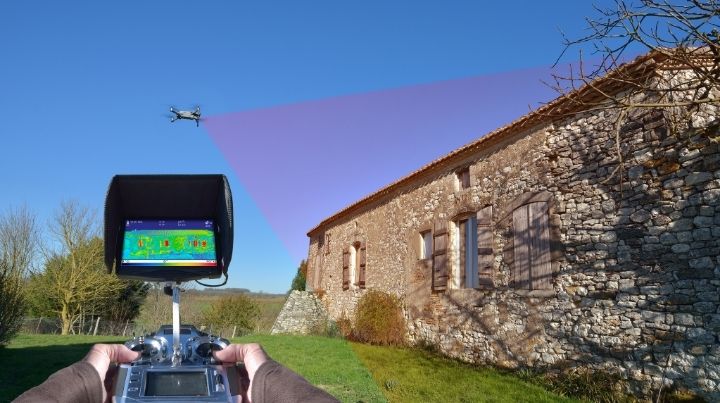
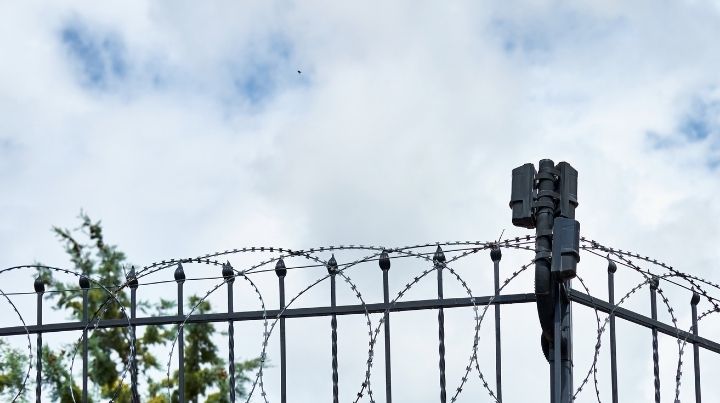
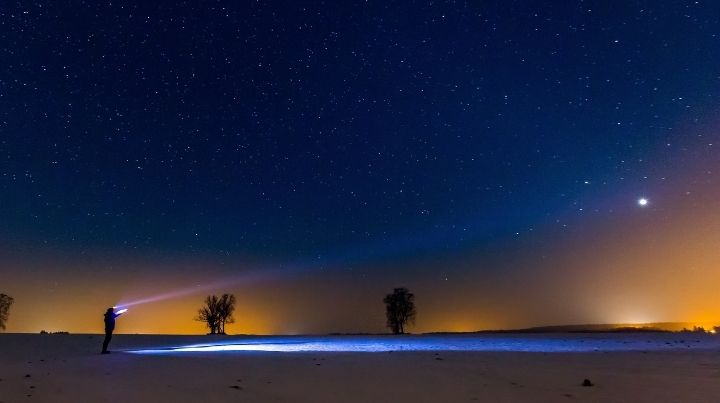

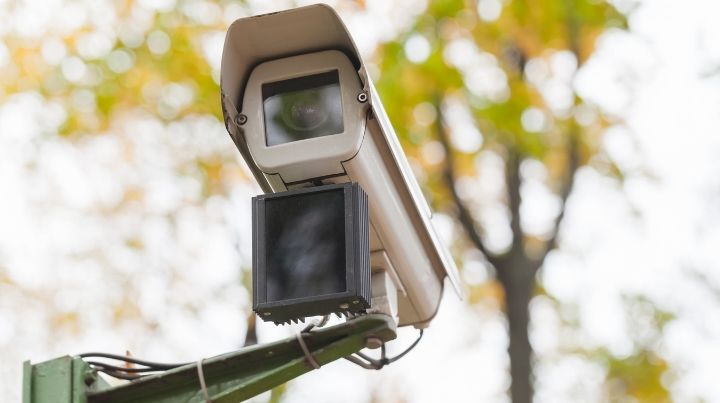
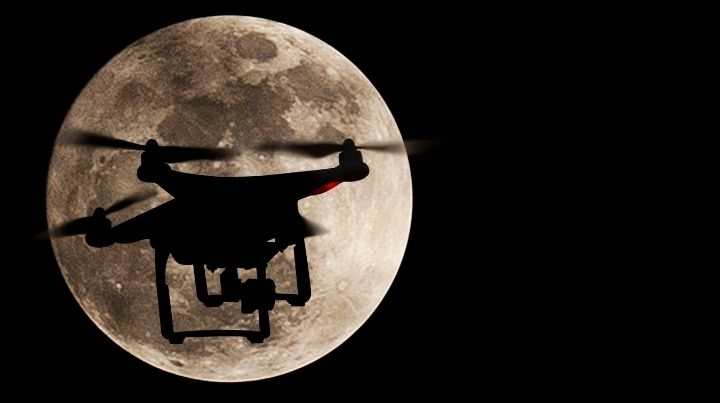





Great information and good to know. Thanks for writing about something that I’ve been wondering about.
well something else to worry about we cant do anything about!!!!
You are doing something. You’re becoming better informed, which is one of the greatest preps of all!
Deal with a drone using a shotgun loaded with rocksalt.
Well hello there my fellow Texan! 😁